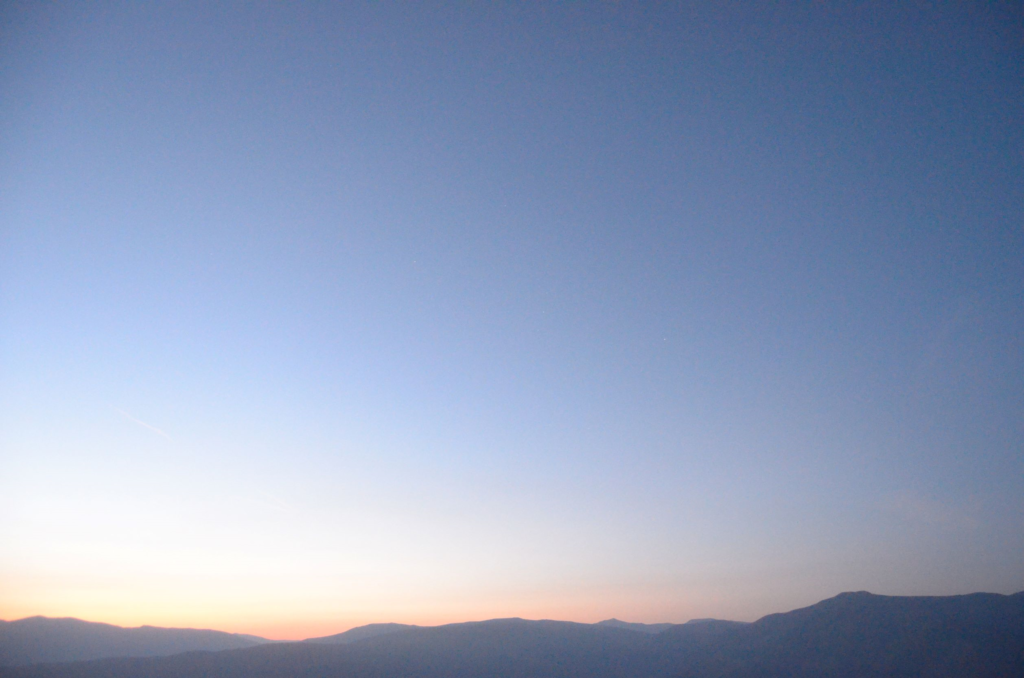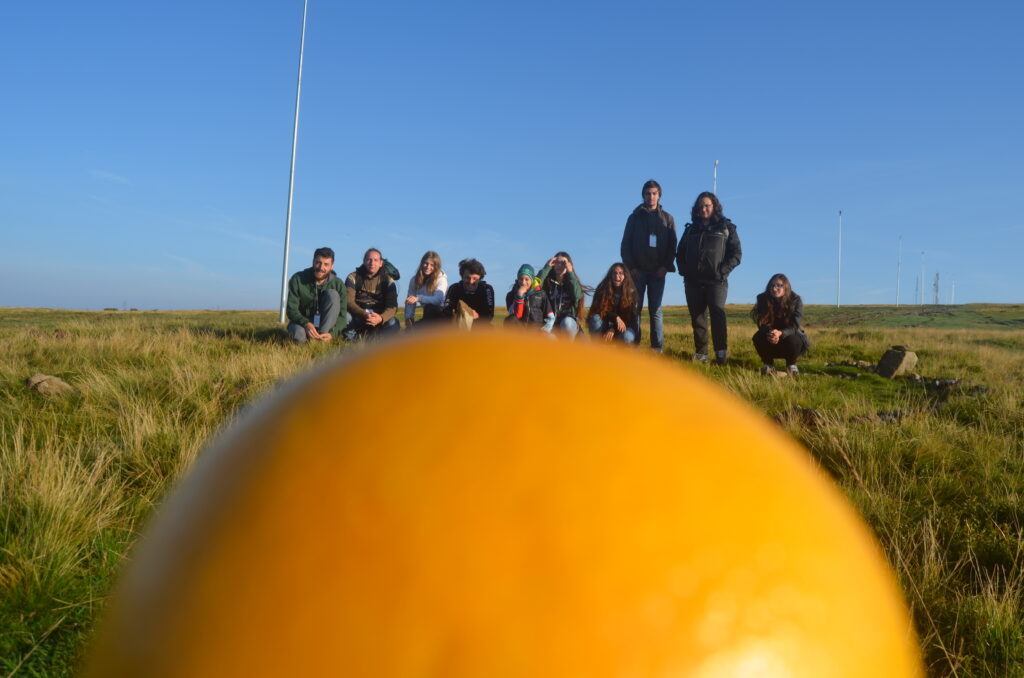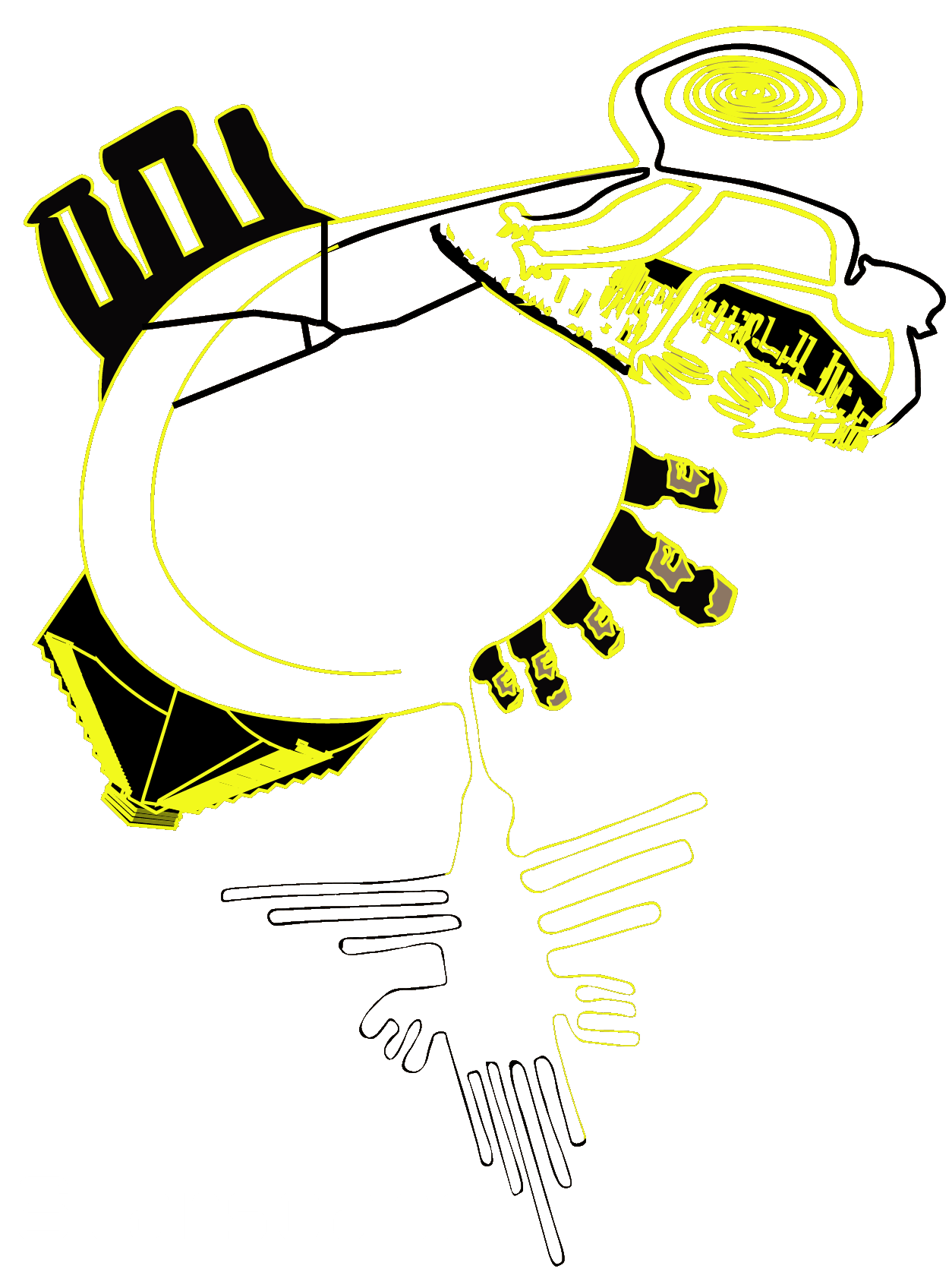On 15 August 2018 during a summer camp we organized high up in the mountains, I took a group of participants to witness the heliacal rising of Sirius. The event marks the star’s first appearance in the morning sky after a period of time spent hidden behind the Sun. In Ancient Egypt, the event marked the beginning of the year and occurred earlier, around the summer solstice (20/21 June). Due to precession it now takes place 2 months after. The intention was to see how many of us can actually see it. I can still remember the reaction of one of them as she said to me: based on what you were telling me I thought it would be something spectacular, instead it twinkled faintly for a few moments and it disappeared into the sunshine as quickly as it appeared. But it was enough for our ancestors to know the new year has arrived!

August also coincides with the reappearance of the Orion constellation in the morning sky. As months pass the constellation will rise into the night sky and dominate the winter skies.


Not as impressive as a sunrise but something that our Egyptian ancestors awaited each year patiently as it marked the start of the rainy season, the flooding of the Nile, and a rich harvest. Of course, there was no way for them to know that in fact, the African rainy season was beginning close to the source of the Nile.
Not satisfied with what the ancient gods had stored for them they decided to have their own heliacal rise close to a stone circle we have built to learn more about the process. More about that in a future post.

If you enjoyed this post consider following us on Facebook, Youtube, and Twitter or donating on Patreon. Also, stay tuned for public events Marc hosts regularly on Eventbrite.

